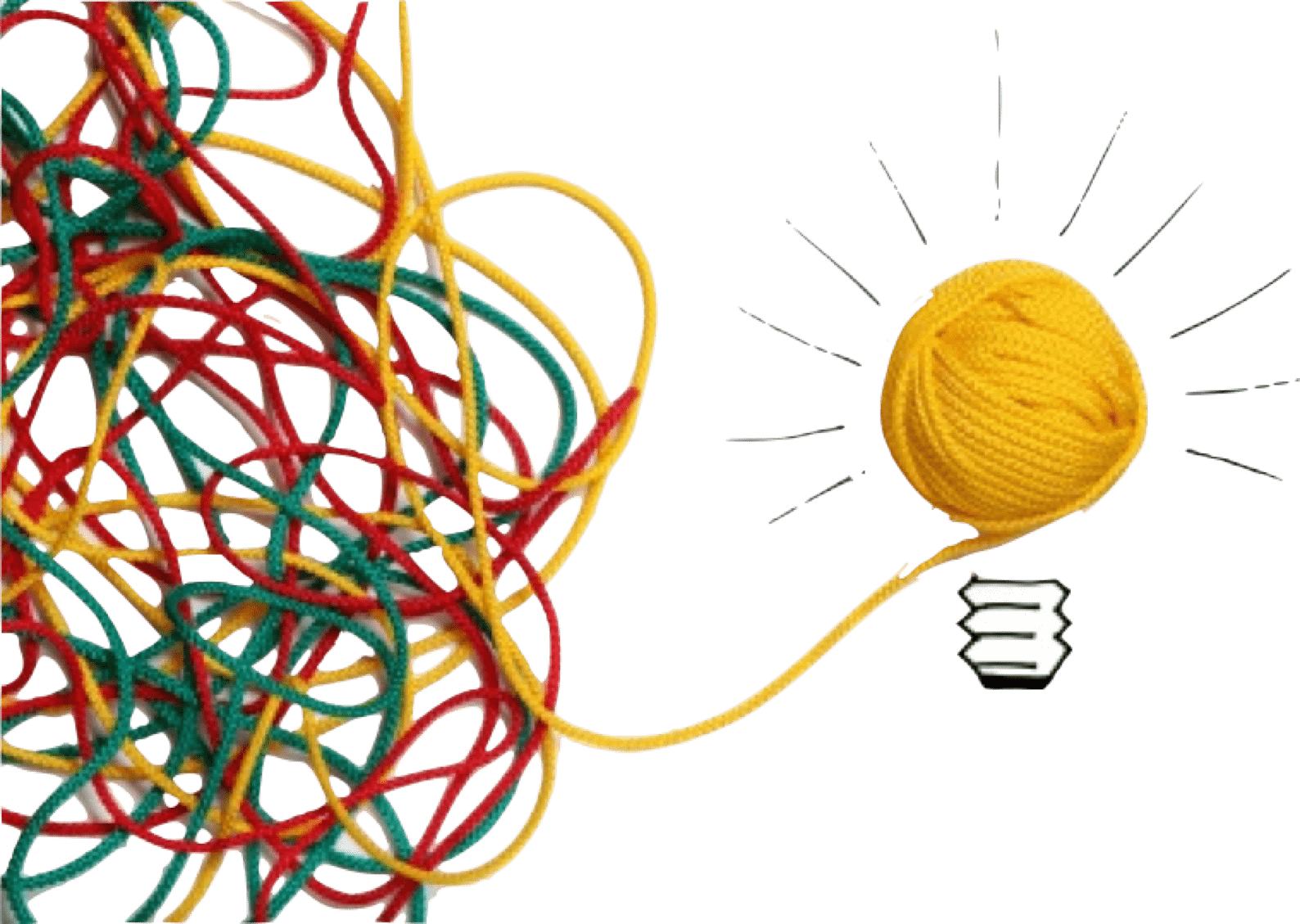By: Gary Cohen
For some people, Creative Meetings are the best kind. There are no wrong answers in these contexts, since the objective is just to generate ideas. You don’t need to do the hard work of coming to a decision, rolling out key information in a memorable way, or motivating team members to get behind a particular action or event.
Some people really struggle with creative meetings, however. They feel like they don’t have a creative bone in their bodies. They hate to draw, write free-verse poems, or even play charades. They prefer to color between the lines, if they have to color at all.
If you’re running a creative meeting, you’ll want to invite people who excel at brainstorming and providing supportive feedback, of course, but you also need cognitive diversity and people who will be involved with implementing the solution. Once enough ideas have been proposed or a few good ones have emerged, creative meetings benefit from having a devil’s advocate or other potential resisters to test and hone ideas, too—or at least the act of imagining how these folks might respond.
Preparation for a Creative Meeting
Research has shown that group brainstorming is not the most effective means for generating the greatest number of original ideas. Not everyone can think well on the spot or think well collectively. The first or more powerful voices can propel the group in a singular direction, and critical voices can restrict the input of others. Creative meetings work best after individuals have been given time to brainstorm on their own. They tend to generate more ideas this way, and they’re better prepared to defend their ideas.
With that in mind, provide parameters (in terms of time, resources, and other key factors), a guiding question or two, and permission to fail boldly to participants well in advance of the meeting. In terms of guiding questions, you might ask:
- What question are we really trying to answer?
- Is the problem what we think it is? Why or why not?
- How would you define the problem?
- Imagine you could subtract something from the current situation. What would it be, and how might that help solve our problem?
- What solution from another industry might help us expand our options?
- How might we use one of our resources in a different way?
- If we put customers in charge, what would they want us to do, and why?
- In an ideal world, who would you like to invite to this meeting, and why?
These sorts of questions open up thinking and opportunities. They invert power relationships, encourage unexpected pairings/connections, and seek to find inspiration from linear and nonlinear sources.
Here are some other ways you can prepare for a productive Creative Meeting:
- Select a meeting location that is new to the group and that will spark creativity. New and creative thinking is easier to do in new and creative places.
- Open the meeting with an icebreaker. Icebreakers can get the creative juices flowing and may provide opportunities for participants to tie the personal to the professional.
- Provide sweet and salty snacks to pass around. Food for thought.
- Structure the meeting so that critical voices are kept at bay:
- Allow everyone to introduce one or two ideas (to the whole group or in small groups) at the outset—without feedback of any kind.
- Sort ideas into groups based upon identifiable connections.
- Rank ideas or simply allow people to voice support for ones they like or would like to explore further.
- As the leader, be unfailingly positive. Use “Yes, and…” responses and avoid the word “but”. Even mild rejection from the leader can kill not only an idea, but the whole meeting. According to George R. Prince, rejection can be communicated through tone, a counter-suggestion, silence, and changing the subject, among many other things. Be keenly aware of both your verbal and nonverbal cues.
Remember your goal in Creative Meetings is to generate ideas, not to criticize or kill them. Yes, ideally, you’ll want to funnel down the best, most cost-effective, and actionable ideas, but don’t rush to get there. Model an open, curious, and positive mindset.
Questions to Consider
- Who will be involved in implementing the solution?
- What expertise would provide insight?
- What are the different types of cognitive diversity that would elevate the solution set?
- Who are potential resisters and why?
By: Gary Cohen



